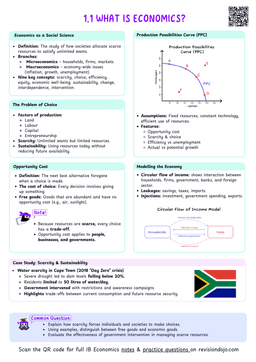Threats to Coral Reefs as an Example of Potential Ecosystem Collapse
- Coral reefs are among the most biologically diverse ecosystems on Earth, providing crucial habitats for thousands of marine species.
- These ecosystems rely on the health of coral polyps, which are tiny organisms that build calcium carbonate skeletons, creating the structure of the reef.
- Healthy coral reefs also support fisheries, provide coastal protection, and offer economic resources through tourism.
Coral reefs are among the most biodiverse ecosystems on Earth, often called the rainforests of the sea.
Coral Bleaching: A Breakdown of Symbiosis
What Causes Coral Bleaching?
- Coral bleaching occurs when corals expel the zooxanthellae living in their tissues.
- Without these algae, corals lose their color and their primary source of energy.

Zooxanthellae are photosynthetic algae that live in coral tissues, providing nutrients through photosynthesis.
Why Do Corals Expel Zooxanthellae?
- Increased Water Temperature: Even a rise of 1–2°C above normal can trigger bleaching.
- Other Stressors: Pollution, overexposure to sunlight, and changes in salinity can also contribute.

- In 2016, the Great Barrier Reef experienced a severe bleaching event due to a prolonged marine heatwave, affecting over 90% of its corals.
- The reef's biodiversity has been significantly affected, with a reduction in fish populations, invertebrates, and other marine species.
Can Bleached Corals Recover?
- If stressful conditions persist, corals may die, leading to the collapse of the reef ecosystem.
- However, if conditions improve, corals can sometimes regain their zooxanthellae and recover.
- A common misconception is that bleached corals are dead.
- While bleaching is a sign of stress, corals can recover if conditions return to normal.
Ocean Acidification: A Hidden Threat
How Does Ocean Acidification Occur?
- When carbon dioxide ($CO_2$) dissolves in seawater, it forms carbonic acid, which lowers the ocean's pH.
- This process is called ocean acidification.



